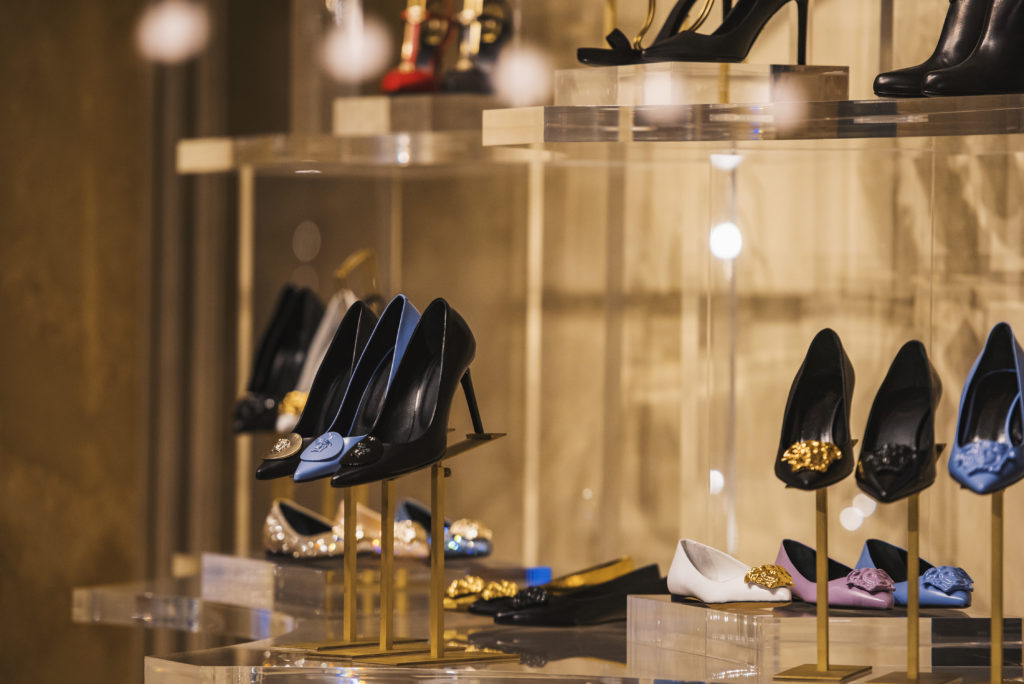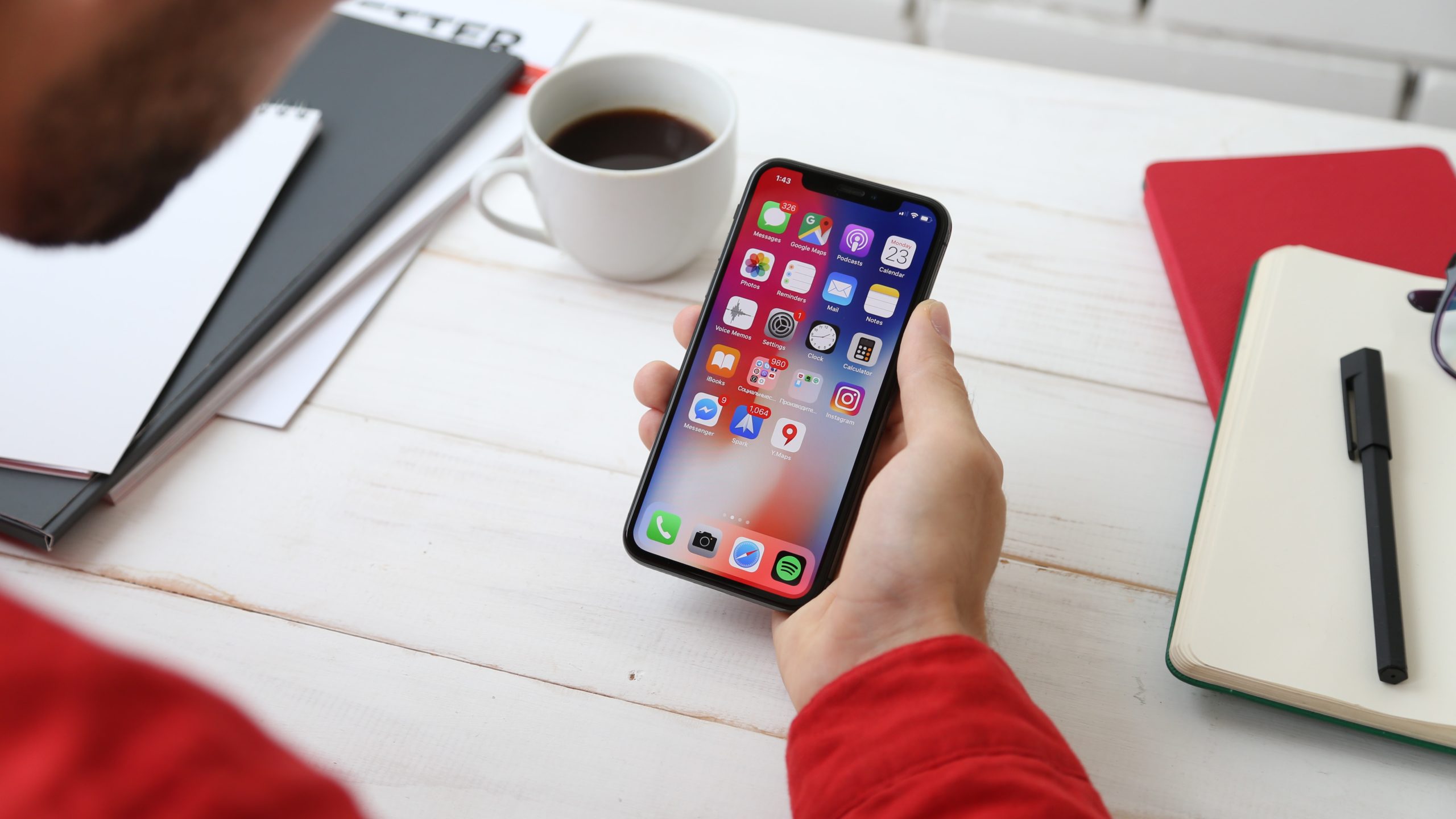- People
- Expertise
Our expertise
We are a team of more than 500 professionals, with the depth of experience which makes us genuine experts in our fields. Together, gunnercooke’s people have strength across just about every corporate discipline and sector. We provide legal, commercial and strategic advice that delivers real value to the clients we work with, which span from multinational enterprises through to unicorns and non-for-profit organisations. Our breadth of expertise covers some of the most interesting and important emerging disciplines, from ESG and charity law, to blockchain and competition.
Search by practice areaDispute ResolutionDispute Resolution OverviewMeet the Dispute Resolution TeamIntellectual Property DisputesFinancial Services & FinTech OverviewProceeds of CrimeEmployment TribunalTax InvestigationProperty Dispute ResolutionInsolvency DisputesMediationCivil Fraud & Asset TracingHealth & SafetyBusiness Crime & InvestigationsLitigation & ArbitrationInternational Arbitration - International
International Offices
The gunnercooke group has 15 main global offices across England, Scotland, the US, Germany and Austria, with further plans for growth in the coming years. These offices enhance the existing in-house capability of our dedicated international teams and dual-qualified experts that cover Spain, France, Italy, Portugal, Brazil, China, India, Poland and Hungary. Our team have clients across 123 jurisdictions, speak 46 languages and are dual-qualified in 21 jurisdictions. Our expertise means we can offer large teams to carry out complex cross-border matters for major international clients.
- Our story
Our story
gunnercooke is the fastest growing corporate law firm in the UK, now making its mark globally. We comprise a rapidly growing number of experts spanning legal and other disciplines. Clients benefit from flexible options on fees to suit their needs, access to a wider network of senior experts throughout the relationship, and legal advice which is complemented by an understanding of the commercial aspects of running a business.
- Reading Room
- News & Insights

French luxury group Hermès has started legal proceedings against American artist Mason Rothschild over virtual assets inspired by its famous Birkin bags.
The artist creates digital works that he sells as non-fungible tokens, or NFTs, which can be traded online but ownership of the NFT is encrypted and therefore cannot be forged.
His artworks depicting fanciful furry Birkin bags “MetaBirkins” were sold on websites dedicated to selling NFTs, and Hermès accused Rothschild of trying to profit from its trademarks.
gunnercooke Intellectual Property Partner Rosie Burbidge looks at the potential implications of new digital trends such as NFTs and the Metaverse on intellectual property and trademarks in fashion and how brands can protect themselves.
“Hermès has accused Mason Rothschild of trying to profit from its trade marks, claiming the defendant’s MetaBirkins brand infringes Hermès’ famous BIRKIN trade mark by adding the generic prefix ‘meta’.
“One of the issues around the case is that ‘NFT fashion’ is a trend that has well and truly taken hold. NFTs and the Metaverse are now well-understood commercial opportunities in many sectors. However, the connection between intellectual property and NFTs remains poorly understood. Many purchasers of NFTs have, for example, mistakenly believed that they own the copyright. In some instances, the NFT may itself infringe copyright or another intellectual property right.
“Luxury brands such as Gucci, Louis Vuitton and Burberry have entered the NFT world hoping to capitalise on fashion’s transferable links to art and design.
“It’s big business too. Gucci sold an NFT at auction for $25,000. Overpriced™ which considers itself to be ‘the world’s first NFT-driven fashion brand’, sold a physical hoodie with a scannable code that allows a person to wear and show off their unique NFT for $26,000.
“Virtual sneaker brand RTFKT Studios’ partnership with crypto-artist FEWOCiOUS earlier this year, saw more than 600 pairs sold with sales totalling over $3 million.
“Fashion brands will continue to create and market digital products which are particularly appealing to younger consumers, particularly those with substantial reserves of cryptocurrency. Buyers are drawn to having the chance to own something that is fun and could be a long-term investment.
“This development isn’t unique to fashion. The digital marketplace for NFTs grew to an estimated $22bn in 2021. Football clubs are also making significant strides in incorporating NFTs, crypto and other digital innovations into their brand and business models.
“As far as MetaBirkins are concerned, it certainly appears that Hermès has a case, and it is only right that it protects its intellectual property. Particularly as there are opportunities to launch and profit from its own NFTs.
“This is a relatively new legal issue that is in its infancy. This increases legal risk for Hermès but also signifies the importance of obtaining clear judicial guidance to ensure that all attendees to the NFT party understand their rights and responsibilities.
“The case highlights the opportunities and threats posed by the digital world for fashion brands and other creative industries.
“It’s likely that the increase in NFTs will lead to further copyright issues. Managing these types of legal issues are not straight forward given a lack of precedent and differing legislation across global territories.
“For example, whilst the underlying digital artwork will be protected by copyright, the NFT (i.e. a link to a website which stores a “unique” image of the digital artwork is not. This fact remains poorly understood by many in the NFT community.
“Verification on a blockchain, as a digital ledger, can help identify the ownership and authenticity of those products as unique tokens but does not typically authenticate the ownership of the underlying artwork.
“Where NFTs are purchased, detailed terms and conditions should be created for transfer of ownership of the NFT. But this should ensure it provides clarity on whether the NFT includes a limited copyright licence. In the absence of the standard assignment formalities, the creative organisation with retain the copyright by default.
“Fraud is a real risk for fashion NFTs due to the ability for creators to remain semi-anonymous thanks to encryption features on a blockchain.
“Digital fashion creations can be imitated at speed thanks to bots scraping sites where original products are listed.
“In the art-world Texas-based artist Aja Trier found that 87,000 NFTs based on images of her work were available without her permission, some being purchased before being reported as fraudulent.
“There’s a strong possibility that consumers may be duped, undermining confidence in this still emerging area.
“Working closely with your legal counsel, can better ensure your NFTs and digital assets are protected.
If you have any specific concerns relating to your intellectual property rights then contact Rosie Burbidge, a recommended lawyer in both the Legal 500 and Chambers & Partners.






